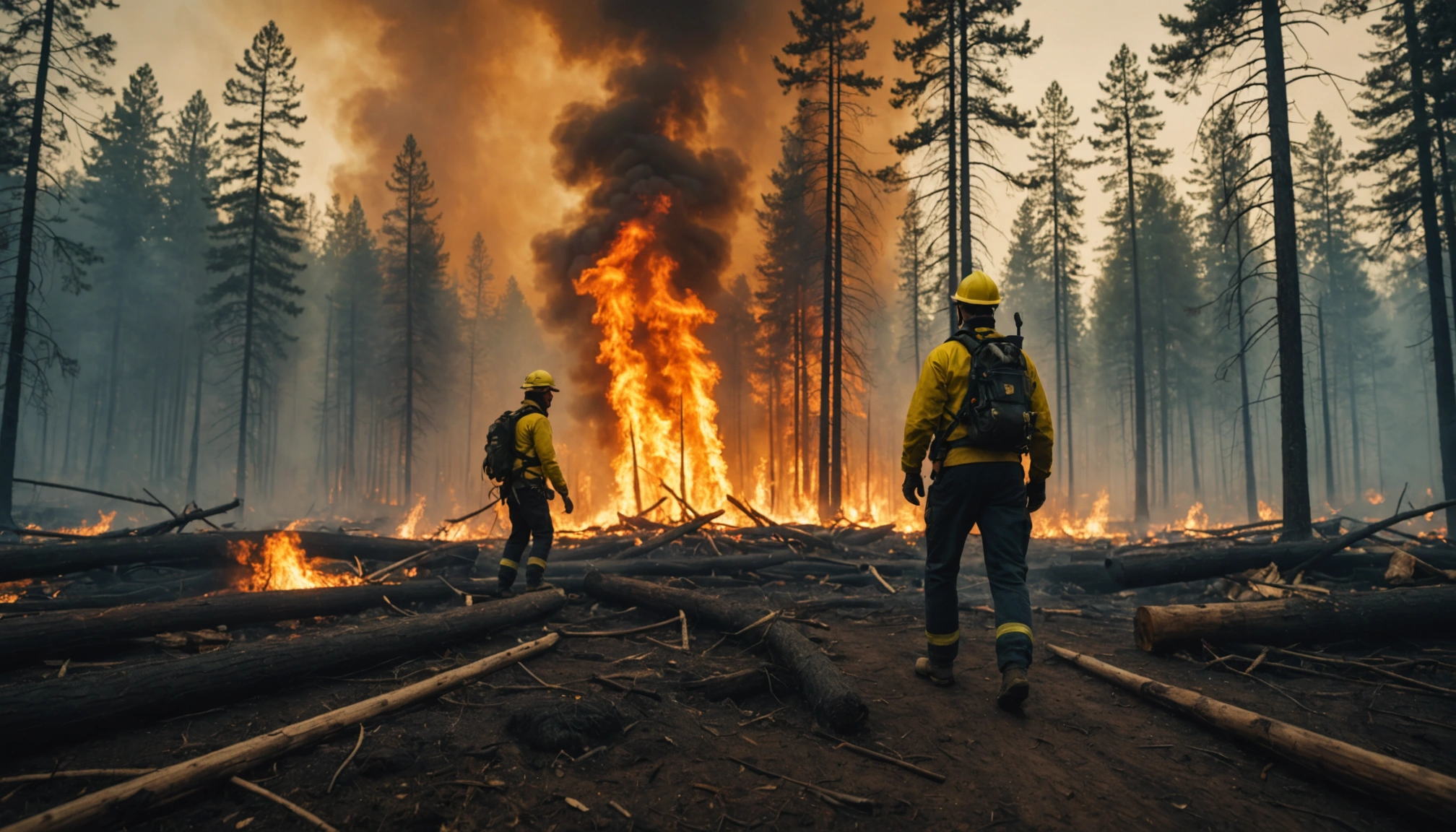Governments Grapple with Extreme Heat: A Multifaceted Approach

As global temperatures continue to climb, governments worldwide are facing the urgent challenge of mitigating and adapting to extreme heat. Record-breaking temperatures are becoming the norm, and heat waves are now among the deadliest natural hazards, impacting even regions unaccustomed to such extremes. The consequences are far-reaching, from increased heat-related illnesses and deaths to strained infrastructure and economic losses. To combat this growing threat, governments are implementing a range of strategies, from international agreements and national policies to local initiatives and community outreach programs.
International Cooperation and National Strategies
Addressing extreme heating requires a coordinated global effort. International agreements, such as the Paris Agreement, play a crucial role in setting emission reduction goals and fostering collaboration among nations. While these agreements have had varying degrees of success, they provide a framework for countries to commit to reducing greenhouse gas emissions and limiting global warming. Many countries, including the United States and China, have pledged to achieve net-zero emissions by 2060.
At the national level, governments are developing comprehensive strategies to address climate change and its impacts. These strategies often include a mix of mitigation and adaptation measures. Mitigation efforts focus on reducing greenhouse gas emissions through policies such as carbon taxes, clean energy standards, and investments in renewable energy sources. Adaptation policies, on the other hand, aim to make communities and infrastructure more resilient to the effects of climate change, such as heat waves, droughts, and floods.
Urban Heat Island Mitigation
Cities are particularly vulnerable to extreme heat due to the urban heat island effect, where urban areas experience significantly higher temperatures than surrounding rural areas. This phenomenon is caused by the abundance of heat-absorbing surfaces like concrete and asphalt, as well as the lack of vegetation and green spaces. To combat the urban heat island effect, governments are implementing various strategies:
- Green Infrastructure: Planting trees and increasing vegetation can provide shade, reduce surface temperatures, and cool the surrounding air. Cities are investing in urban forestry initiatives, creating green spaces, and promoting green roofs and walls.
- Cool Roofs and Pavements: Using reflective materials for roofs and pavements can reduce the amount of solar energy absorbed, lowering surface temperatures and reducing the urban heat island effect. Some cities are offering incentives for residents and businesses to install cool roofs.
- Smart Growth Principles: Adopting smart growth principles can help create more compact, walkable, and transit-oriented communities, reducing the need for cars and promoting energy efficiency.
Public Health and Emergency Response
Protecting public health during extreme heat events is a top priority for governments. Measures include:
- Early Warning Systems: Establishing early warning systems to alert the public about impending heat waves, allowing people to take precautions.
- Cooling Centers: Providing community cooling centers, particularly in areas with vulnerable populations, such as low-income, elderly, and young individuals. These centers offer a safe, air-conditioned space for people to escape the heat.
- Public Awareness Campaigns: Educating the public about the risks of extreme heat, symptoms of heat-related illness, and how to stay safe.
- Emergency Response Plans: Developing comprehensive heat emergency response plans, detailing procedures for responding to heat-related illnesses and providing assistance to those in need.
Protecting Vulnerable Populations
Extreme heat disproportionately affects certain populations, including the elderly, children, low-income communities, outdoor workers, and those with chronic health conditions. Governments are implementing targeted policies and programs to protect these vulnerable groups:
- Home Energy Assistance: Providing financial assistance to help low-income households cover heating and cooling costs.
- Workplace Protections: Setting indoor and outdoor temperature standards and workplace protections to protect workers from heat-related illnesses.
- Community Outreach: Engaging with community members to identify and address the specific needs of vulnerable populations.
- Accessible Cooling: Ensuring access to cooling centers and other resources for those who lack air conditioning.
Investing in Renewable Energy and Energy Efficiency
Transitioning to a clean energy economy is essential for mitigating climate change and reducing the frequency and intensity of extreme heat events. Governments are incentivizing businesses and households to invest in renewable energy sources, such as solar, wind, and geothermal. They are also promoting energy efficiency measures to reduce energy consumption and lower greenhouse gas emissions.
- Tax Credits and Rebates: Offering tax credits and rebates for renewable energy installations and energy-efficient appliances.
- Clean Energy Standards: Requiring utility companies to generate a certain percentage of their electricity from low-emission energy sources.
- Green Building Codes: Implementing green building codes that promote energy efficiency and sustainable building practices.
The Role of Local Governments
While national and international efforts are crucial, local governments play a vital role in addressing extreme heat at the community level. Cities and counties are on the front lines of climate change, and they are often the first to experience the impacts of extreme weather events. Local governments are implementing a range of innovative strategies to protect their residents from extreme heat:
- Urban Planning: Incorporating heat mitigation strategies into urban planning and development projects.
- Community Engagement: Engaging with residents to develop and implement community-based solutions.
- Partnerships: Collaborating with local organizations, businesses, and community groups to address extreme heat.
- Data Collection and Analysis: Collecting data on heat-related illnesses and deaths to inform response efforts and identify vulnerable populations.
Challenges and Future Directions
Despite the progress being made, significant challenges remain in addressing extreme heat. These include:
- Inadequate Funding: Insufficient funding for adaptation and mitigation efforts, particularly in developing countries.
- Knowledge Gaps: Limited understanding of the complex interactions between climate change, extreme heat, and public health.
- Institutional Constraints: Lack of coordination and collaboration among government agencies and stakeholders.
- Equity Concerns: Ensuring that adaptation and mitigation measures benefit all communities, particularly those most vulnerable to extreme heat.
To overcome these challenges, governments need to:
- Increase Investment: Significantly increase investment in climate change adaptation and mitigation, with a focus on protecting vulnerable populations.
- Promote Research: Support research to better understand the impacts of extreme heat and develop effective solutions.
- Foster Collaboration: Enhance collaboration among government agencies, researchers, community organizations, and the private sector.
- Prioritize Equity: Ensure that climate policies and programs are equitable and address the needs of all communities.
Conclusion
Extreme heat is a growing threat to public health, infrastructure, and economies worldwide. Governments at all levels are taking action to mitigate and adapt to this challenge, implementing a range of strategies from international agreements to local initiatives. By investing in renewable energy, promoting energy efficiency, protecting vulnerable populations, and building resilient communities, governments can help to reduce the impacts of extreme heat and create a more sustainable future for all. The time to act is now, as the consequences of inaction will only become more severe in the years to come.
Related Articles

Iberian Peninsula Blackout: A Wake-Up Call for Renewable Energy Infrastructure

